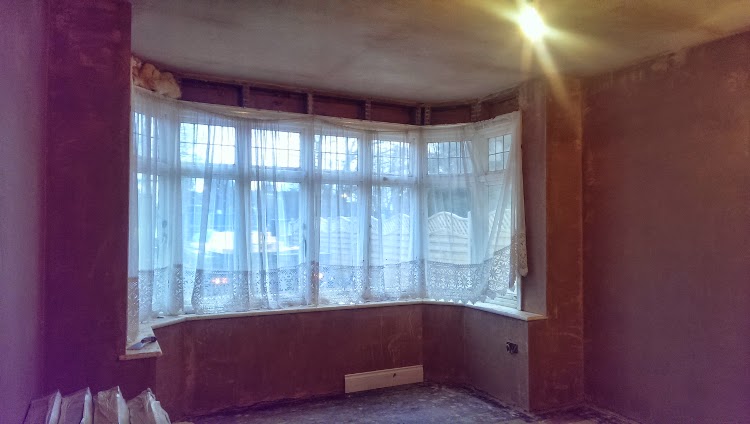Plastering is certainly a very old artwork that's still in use now. Plaster is a pure solution, hydrated gypsum, using the chemical formulation of CaSO4.2H2O. This dries to a fine white powder that could be blended with water. It's been used for inside walls, and also to make ornate trims. The plaster has been frequently stabilized by the addition of materials like animal hair, or even a foundation like fabric. One can use concrete plaster to attain acceptable outcomes.
In comparison to conventional techniques, these can easily be set up by clipping to studs and with the joints and nail heads concealed by plastered tape. Instead, the comprehensive surface could be coated utilizing a thin coating of plaster, known as veneering.

Image Source: Google
In any event, plastering stays to be a job that could be problematic for the normal do-it-yourself. It's a specialized ability and for the ideal job, homeowners and contractors employ an expert to attain acceptable outcomes.
Not only does this require experience to cause a smooth surface, however, but a plasterer is also at a constant race with all the rate of this chemical reaction as the plaster dries. To do that ideal end it's a race against time since when the plaster has begun to set there is not much that the normal man can do about it.
Having a whole plastered wall, first coats of plaster are implemented using a skimming float, a massive flat-surfaced instrument that's held at a small angle to haul the plaster around a wall. The following coats are added using a method known as set and float.
To let each coat to stick well, there has to be a means for it to produce a key together with the surface below. The subsequent coat is going to probably be roughened slightly before it's dried to allow the jacket over it to stick tightly, etc.
